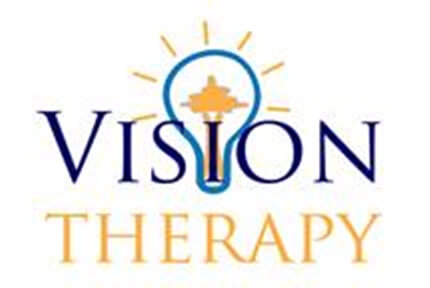
By: Jessica Yang Optometry Intern, Class of 2016, and Debbie Luk, Developmental Optometrist
The terms myopia (nearsightedness) and hyperopia (farsightedness) are often confused with each other. People with nearsightedness can see better up close than objects in the distance. Some children with mild to moderate amount of nearsightedness are asymptomatic. This is because the child may not be required to copy from the board, or the teacher’s writing is large. Typically, children with nearsightedness performs well academically.
In contrast, farsightedness is a vision condition in which distant objects are more easily seen than near objects. Children and young adults with moderate amounts of uncorrected farsightedness may need to exert excessive effort and focusing ability in order to maintain clarity of near objects. Over time, this additional exertion may result in a number of conditions including eyestrain, feelings of fatigue, headaches after close work, transient blurry vision and difficulty maintaining concentration on near objects.1
There is increasing research supporting an association between academic performance and farsightedness. A study with primary school children in first to fifth grade has demonstrated that significantly lower academic achievement is associated with a refractive error of +1.25 D and greater.2 In research conducted by Quaid and Simpson (2013), it has been shown that a slower reading rate is correlated with increasing hyperopic refractive error. Additionally, the researchers found that in a group of students with a reading based IPP (Individual Program Plan), there was a median refractive error of +1.37 D. The results of these studies indicate a link between farsightedness and poorer reading skills.3
Moderate to high amounts of uncorrected farsightedness can affect not only reading ability but also the alignment of the eyes. Children with higher uncorrected hyperopia must focus more to bring an object into clarity and as a consequence will automatically turn their eyes in more than necessary. This may result in the development of an inward eye turn of one or both eyes.4 Children with a significant difference in the amount of farsightedness between both eyes, are also at a higher risk of developing strabismus otherwise known as an eye turn. Weakley and colleagues demonstrated that a difference greater than or equal to 1.00 D is a significant risk factor for the development of an inward eye turn, even when individuals have lower levels of farsightedness (less than or equal to +3.00 D)5
The other major complication of significant hyperopia in addition to an eye turn is amblyopia or “lazy eye,” where a structurally normal eye fails to achieve normal visual acuity and depth perception. Farsightedness greater than 3.00 D and a difference greater than 1.00 D between both eyes are considered at risk for developing amblyopia.6
Early detection of moderate and high hyperopia can be accomplished by yearly comprehensive vision exam of young children. This is important in preventing and treating strabismus, amblyopia and visual discomfort which can ultimately result in poor visual function and lower academic achievement.
References
1. American Optometric Association. (2008). Optometric Clinical Practice Guideline: Care of the Patient with Hyperopia. 10
2. Rosner J & Rosner J (1997). The relationship between moderate hyperopia and Academic Achievement. How much plus is enough? Journal of the American Optometric Association, 68, 648-650.
3. Quaid P and Simpson T (2013). Association between reading speed, cycloplegic refractive error, and oculomotor function in reading disabled children versus controls. Graefes Arch Clin Exp Ophthalmol (2013) 251:169-187
4. Rutstein RP. Update on accommodative esotropia. Optometry 2008; 79(8): 422-431.
5. Weakley DR Jr, Birch E, Kip K. The role of anisometropia in the development of accommodative esotropia. J AAPOS. 2001; 5:153-157.
6. Amos JF. Refractive amblyopia: its classification, etiology, and epidemiology. J Am Optom Assoc 1977; 48:489-97.

